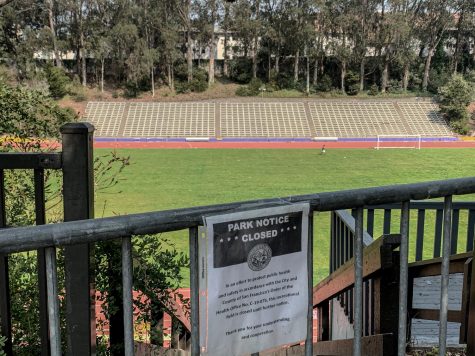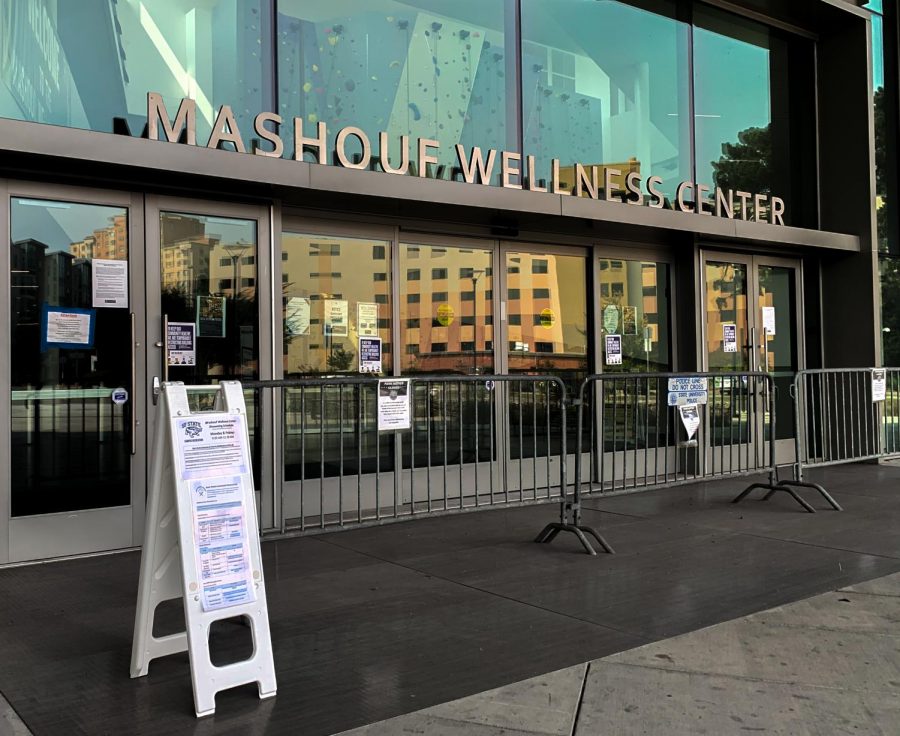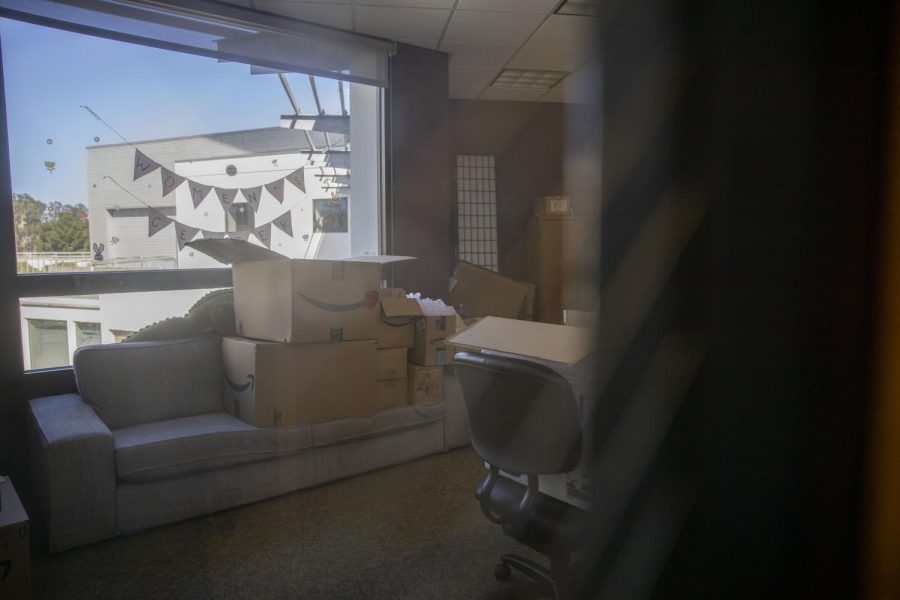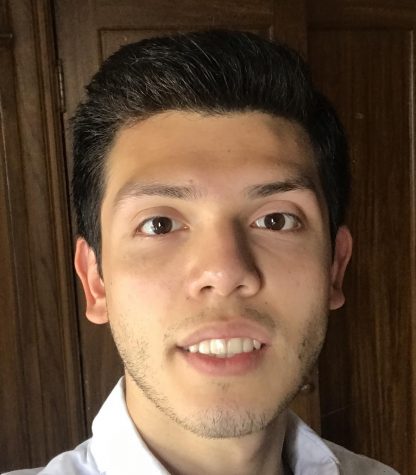SF State student athletes may need a gradual ramp-up period before returning to sports, according to university strength and conditioning coach Ryan Durk.
SF State athletics, which noted a decrease in funding due to reduced enrollment numbers, transitioned to virtual workouts in September. Strength and conditioning coaches are preparing student athletes for a return to in-person team activities. But without continued access to university facilities, Durk said university athletes will need time to rebuild skills such as endurance and strength.
“For safety, we should still implement a ramp-up period when the student athletes get back, because some of them might not have actually had a chance during their own remote learning period to use weights” Durk said. “It would be unrealistic and unsafe to ask them immediately to go in sports, you know. Day one, they shouldn’t be coming back and competing.”
University athletics in-person activities have been halted since March of the Spring 2020 semester, according to SF State Senior Associate Director of Athletics Brandon Davis.
As a strength and conditioning coach, Durk leads university sports team workouts, along with his colleague Sebastian Carrasco, catering to the needs of the different sports teams. They work with team coaches to coach the players during the virtual strength and conditioning workouts on Zoom.
Durk works specifically with the cross country, softball, baseball and volleyball teams. Carrasco works with the soccer and basketball teams. Durk mentioned that they both help other sports teams, such as the wrestling team, and their coaches however they can.
Durk added that the absence of university equipment during the virtual workouts could be beneficial.
“We now get to give the students a little bit more autonomy as far as, you know, let’s work on these things, and let’s find a way for them to implement it,” Durk said.
Durk said the athletics department was cleared to move into the virtual format of workouts after “simple regulations and steps” were addressed to make the transition.
SF State’s academic teams are in the National Collegiate Athletic Association and part of the California Collegiate Athletic Association conference. Durk said that the NCAA has regulations in place that decide when and how student athletes can and cannot workout.

He added that CCAA also has similar rules in place. An example of those rules is CCAA’s declaration of Nov. 3 as a non-practice day.
Durk said the department has not been doing the virtual workouts long enough for him to give a definitive answer on whether the athletes and trainers are seeing better results than they would in person.
Peter Swinkels, men’s soccer team goalkeeper and Communications Studies senior, said taking part in virtual workouts with his team and having fitness plans sent to them ensures accountability during a period of such uncertainty.
“I’m sure being in a team environment is something that everyone wants, you know. Every student athlete wants to be in that environment; They want to be surrounded by their friends, their peers, their coaches, and to be pushed on the field and stay in that competitive environment to continue to grow and get better,” Swinkels said.
Justin Wolfe, a sophomore on the men’s soccer team studying kinesiology, said the virtual training involves a lot of individual work, something that soccer, a team sport, does not usually have too much of.
“It’s definitely good to still see the guys and hear them, but it’s just not the same camaraderie as if we’re out on the field together,” Wolfe said. He still believes the virtual training sessions are effective despite the change in team environment.
Regardless of the impediments of virtual athletics, Wolfe looks at the situation as an opportunity to improve athletically and to be ready for when he and his teammates are able to return to play.
Just as he hopes that university professors are being flexible and accommodating to their students during the period of virtual instruction, Durk said he and his colleagues are trying their best to accommodate the student athletes, despite hurdles that arise like scheduling and the struggle of getting groups together to hold virtual workouts.
Comparing remote workouts to virtual classroom learning, Durk said that there is potential to get a lot out of virtual workouts and virtual classes alike with good organization from the coach or professor.
“I enjoy that we get to do some more coaching, even if it’s virtual rather than in person, just like a teacher wanting to teach,” Durk said. “And so, I think having things like that, having aspects like that is good for all the coaching staff. I think the semester would be less fulfilling if we didn’t have that ability [to coach virtually].”
Swinkels said he would love to be playing out on the field with his teammates and coaches and competing, but added that “we’ve just got to control what we can control and be as proactive as possible.








